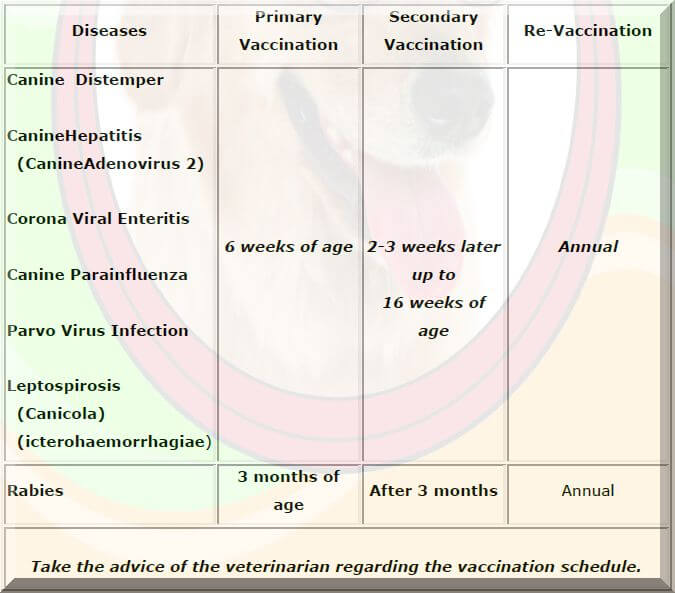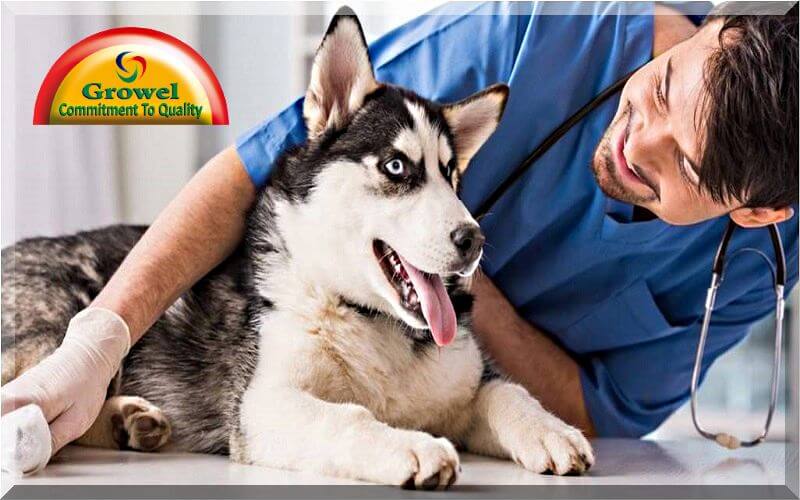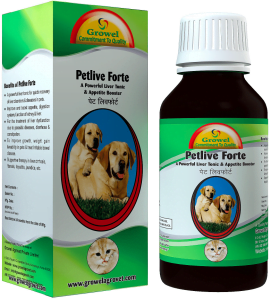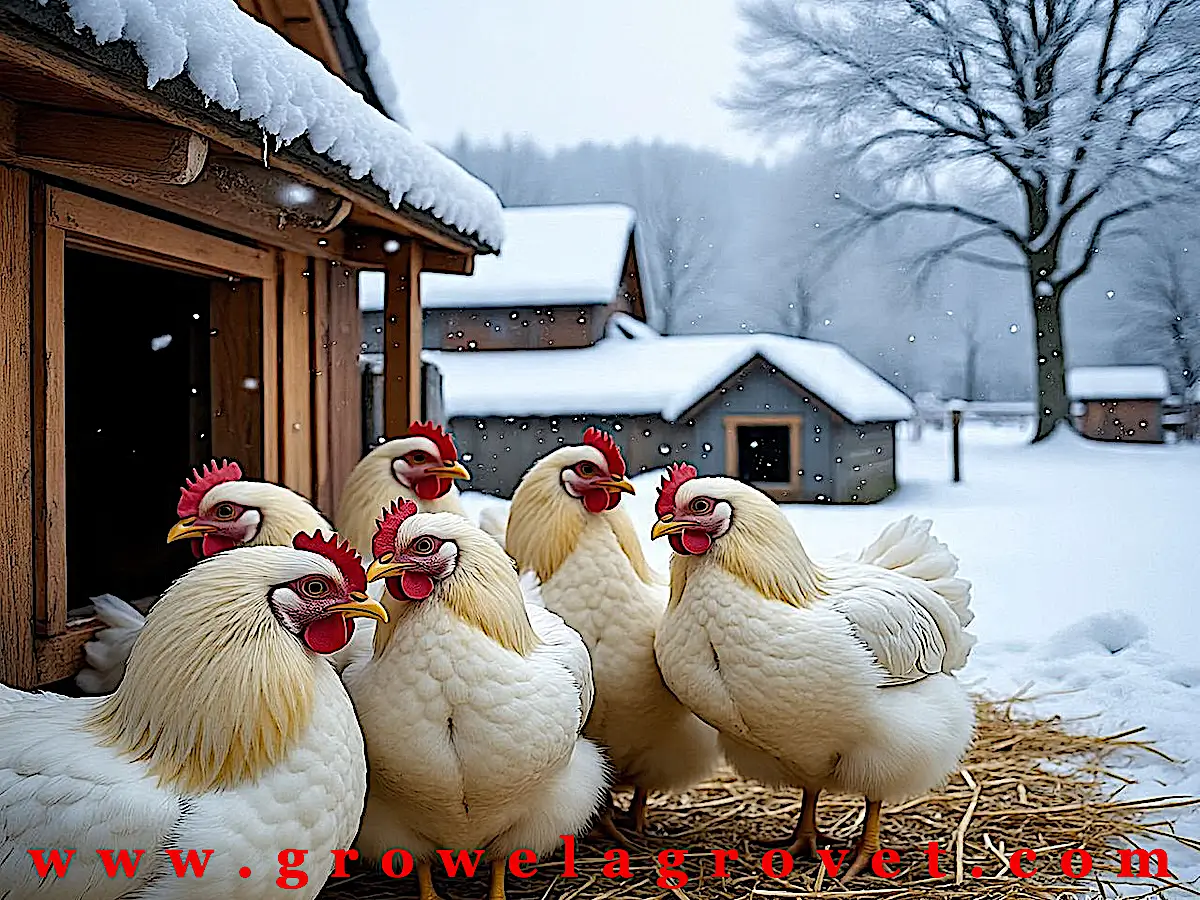 Dog Diseases and Health Problems knowledge is must important for a dog owner. Whether your dog is a working companion, champion show animal, hunting partner, or just a best friend, the kindest and most responsible thing you can do for him is to provide proper health care. Knowing about common dog diseases & serious dog diseases ,being aware of appropriate prevention and treatment can better help you to solve Dog Diseases and Health Problems.
Dog Diseases and Health Problems knowledge is must important for a dog owner. Whether your dog is a working companion, champion show animal, hunting partner, or just a best friend, the kindest and most responsible thing you can do for him is to provide proper health care. Knowing about common dog diseases & serious dog diseases ,being aware of appropriate prevention and treatment can better help you to solve Dog Diseases and Health Problems.
Some of the most common and serious dog diseases have been made less common through vaccines: however, these diseases continue to threaten a dog that lacks proper immunization. Puppies many be vaccinated as early as 4-6 weeks depending on each situation and the veterinarian’s advice. Through mother’s milk, puppies receive disease fighting antibodies, which last 6-16 weeks. Vaccinations then take over. Yearly Boosters should be given throughout your dog’s life, including old age when your dog may become more susceptible to some diseases. The following diseases can be prevented through vaccinations.
Distemper in Dog : Canine distemper is caused by a highly contagious, airborne virus. It affects the dog’s respiratory, gastrointestinal, and nervous systems. Early symptoms are those of a “cold” – runny eyes and nose, fever, cough, and often diarrhoea. Later in the course of disease there may be nervous twitching, paralysis, and seizures (convulsions). There is no successful treatment.
Hepatitis (Adenovirus) in Dog : Canine infectious hepatitis is a viral disease transmitted by urine, faces, or saliva of infected animals. The signs are fever, tissue swelling and haemorrhage. Treatment may require blood transfusions and intensive care; often it is not successful.
Leptospirosis in Dog : Canine leptospirosis is caused by bacteria spread though contact with nasal secretions, urine, or saliva of infected animals. The disease also can infect humans. Leptospira infects the kidneys and causes fever, vomiting, diarrhoea, and jaundice. Treatment requires antibiotics, intensive care, and intravenous (IV) fluid therapy. Dogs that recover may be left with permanent kidney damage.
Kennel Cough in Dog : Canine infectious tracheobronchitis caused by several viruses (including parainfluenza) and bacteria (including Bordetella). This highly contagious disease attacks the respiratory system, causing a chronic, dry, hacking cough. It is generally a mild infection, but it may progress to severe pneumonia in young pups or old dogs. Treatment can be helpful.
Parvo in Dog : Canine parvovirus is a deadly contagious viral disease that is spread by contact with infected fecal material. The virus is difficult to kill and is easily spread. It attacks the gastrointestinal system, causing fever, lethargy, vomiting, bloody diarrhoea, and rapid dehydration. Treatment requires intensive IV fluid and supportive therapy and has a variable rate of success.
Corona in Dog : Canine corona virus is a highly contagious viral infection attacking the gastrointestinal tract. Signs are similar to parvovirus infection, except it is generally milder and more effectively treated.
Rabies in Dog : Rabies is a viral infection of all mammals, including man. It is transmitted by the bit of an infected animal. The virus infects the central nervous system, causing a brain infection (encephalitis), which is always fatal. There is no treatment for dog or man after symptoms appear. However, a vaccine is effective in preventing the disease in people if it is administered soon after their possible exposure. Because of the serious public health threat, Indian law requires a rabies vaccination for all dogs.
Vaccinations Schedule for Dog :

Internal Parasites in Dog : The most common internal intestinal parasites are tapeworms and roundworms.
Tapeworms in Dog : Tapeworms are long, segmented worms. They are transmitted when a dog ingests a larval stage of the worm found in a flea or the raw meat of small mammals. A dog that hunts on its own or has had fleas will likely develop tapeworms. Individual tapeworm segments are easily seen in freshly passed feaces or around the anus of an infected dog. Special dewormers are required for treatment.
Roundworms in Dog : The roundworm classification encompasses many worm types, including Ascarids, hookworms, whipworms, and heart-worms. The intestinal worms are transmitted by the ingestion of faces or faces-contaminated soil that contains worm eggs. The transmission of the heart worm, however requires an intermediate host such as a mosquito for propagation. Your veterinarian will perform a specialized microscopic examination of feaces (for intestinal worms) or blood (for heartworms) to determine the presence of roundworms. Treatment or prevention with medication is effective, but it should be repeated regularly and monitored to determine if reinfection has occurred. Deworm a dog with a veterinarian’s supervision.
The following describes in more detail the four types of roundworms mentioned above.
Ascarids in Dog : Are long, thin spaghetti-like worms that inhabit the intestine. Some types of these worms can be seen in an infected dog’s feaces. These worms commonly create a problem in pups, where they cause stunted growth, lethargy, diarrhoea, vomiting, and a pot-bellied appearance. In severe cases, ascarids can cause seizures (convulsions).
Hookworms in Dog : Are tiny worms that attach themselves to the intestinal wall and suck blood from the dog. They can be transmitted in utero and via the mother’s milk to new born pups. Consequently, pups may have hookworms at a very early age. Signs of infection include lethargy, stunted growth, anemia, and dark, tarry faces. Hookworms are a life-threatening parasite at any age. Blood transfusions may be necessary in advanced cases.
Whipworms in Dog : Are tiny worms that inhabit and develop in the lower bowel. They often cause chronic watery diarrhea and weight loss. Their life cycle is longer than most intestinal parasites, and proper timing of repeated deworming is important for their control. You should feed Petlive Forte once in two months.
Heart-worms in Dog : Are devastating internal parasite that live in a dog’s heart and in the big vessels near the heart, where they cause severe damage to the circulatory system and lungs. They are transmitted by the bite of a mosquito that has bitten an infected dog. Treatment is difficult, but preventive measures are available. Dogs should have a blood test for heartworms in early spring before mosquito season begins. If the test is positive, treatment may be attempted. If the test is negative, preventive medication can be given to your dog daily or on a monthly basis throughout the mosquito season. Consult with your veterinarian to determine the best heartworm prevention plan for your dog.
Deworming Schedule for Dog :
- De-worm your puppy at 15th day, repeat at 30th day, 45th day, and 60th day of age initially.
- Then once in a month up to 6months of age.
- From 6 months age onwards, once in 2 months.
- Deworm nursing dogs along with their puppies.
- Deworm pregnant bitches after one month of mating.
- Consult a Veterinarian for correct deworming drug every time.
External Parasites in Dog : External parasites are “bugs” (insects) that live on the outside of a dog’s body. They include fleas, ticks, lice, flies, mosquitoes, mites, and others. They not only cause irritation, but also may transmit diseases and cause disease in humans. Careful skin examination by a veterinarian can detect these parasites.
Fleas in Dog : Are readily seen in a dog’s hair coat. They are pencil-lead size, brown, compressed side to side and seem to be in constant motion. They are seen most easily at the base of the tail, between the ears, or in the short hair on the abdomen. Even if the flea is not visible, black specks of excrement may be seen. Many treatments are available; however, the dog’s environment must be treated just as vigorously. Since the flea actually spends more time off the dog than on. Flea control should be implemented at the earliest sign of flea infestation because fleas multiply rapidly and a small problem becomes a major one in just a few days. While most dogs scratch with fleas, some dogs are also allergic to flea saliva. For them, one flea bite can set off an allergic reaction of severe skin inflammation. A flea-allergic dog will require medication to relieve the skin inflammation in addition to flea control.
Ticks in Dog : Are most prevalent in early spring and are most commonly found on outdoor dogs that get into underbrush and wooded areas. Ticks can transmit several diseases (including Rocky Mountain spotted fever) and should be removed with care. Grasp the tick near its head with a pair of tweezers and pull away from the skin with a firm tug. Do not try to kill the tick first with fire or chemicals. Disinfect the area with alcohol to prevent infection. Ticks should be controlled by daily inspection and removal or, in heavy infestations, by the regular use of chemical dips.
Lice in Dog : Are small, light-colored parasites that are transmitted dog to dog. They can be seen at the base of thee hair. Signs of lice infestation (pediculosis) are a rough and dry hair coat, matted hair, and scratching and biting of the skin. Lice are effectively treated with a variety of chemicals available from a veterinarian.
Mange Mites in Dog : Cause two types of mange in dogs. Sarcoptic Mange in dog is caused by the sarcoptic mite, a microscopic parasite similar to a chigger. These mites are transmitted from dog to dog and can also infect human skin. They burrow into the skin and cause severe itching and consequent skin irritation and inflammation. Hair loss can be severe and generalized over the body. Diagnosis by a veterinarian is essential, and treatment is usually quite effective. All animals in contact with the infected dog should be treated at the same time.
Demodectic Mange : Is caused by demodectic mites that destroy the hair follicle in which they reside. This causes small patches of hair loss that can spread to the entire body. The initial skin lesions may become infected and ate difficult to treat. The tendency to develop to demodectic mange is thought to be hereditary. It is seen most frequently in purebred dogs. Demodectic mange is not contagious. Diagnosis and treatment by a veterinarian are necessary; treatment is difficult.
Ear Mites in Dog : Tunnel in the skin of the outer ear canal. They are easily transmitted from dog to dog or cat to dog. They can be seen in the ear with magnification. Ear mites are suspected when dark coffee-ground debris is present in the ears. Infestation signs are head shaking and scratching at the ears. Left untreated, ear mites predispose the ear to secondary bacterial infection. Treatment requires cleaning of the ear by a veterinarian and bus of mite-killing insecticide. Be sure to treat any other cats or dogs in the household.
Other Common Health Problem in Dog :
Ear Infection in Dog : Are a common problem in dogs, especially those breeds with a heavy earflap. Infections are caused by bacteria or yeast that grow in the ear when the ear’s normal environment is changed for any reason. Ear mites, ticks, and water or grass awns in the ear can be predisposing factors. (Grass awns are slender, bristle like appendages on the tips of many grasses. Dogs can get them in their ears as they run through fields)
Signs of ear infections are head shaking, pawing or digging at the ear, pain, redness, and inflamation of the ear canal, and a foul smell in the ear. Any ear infection should be examined by a veterinarian for proper treatment. To prevent ear problems:
- Examine your dog’s ears at least once weekly.
- Try to prevent water from getting in your dog’s ears when bathing the dog.
- Ask a veterinarian for advice on wax control and routine ear cleaning.
Dental Problems in Dog : Arise frequently and need attention. Drooling and/or foul odours coming form the mouth are signals. Regular veterinary advice and maintenance programs are necessary to prevent this disorder.
Dog Anal Sac Problems : Also occur, causing considerable animal discomfort. Anal glands may become infected, causing drainage and foul odors at times. The dog may exhibit uneasy behavior such as rear-end scooting or nipping at the tail area. A simple procedure may relieve the animal; in severe cases, antibiotic treatment or surgical intervention is necessary.
Regular visits to the veterinarian are important to prevent or correct serious health problems. To provide proper care and comfort for your dog, be aware of potentially serious situations and take preventative measures and feed them Pet Supplements regularly. You should also read Dog Nutrition Supplements Requirement
You should join our Facebook group Dog & Pet Healthcare to get a regular updates for your dog & pet’ healthcare guidance .








